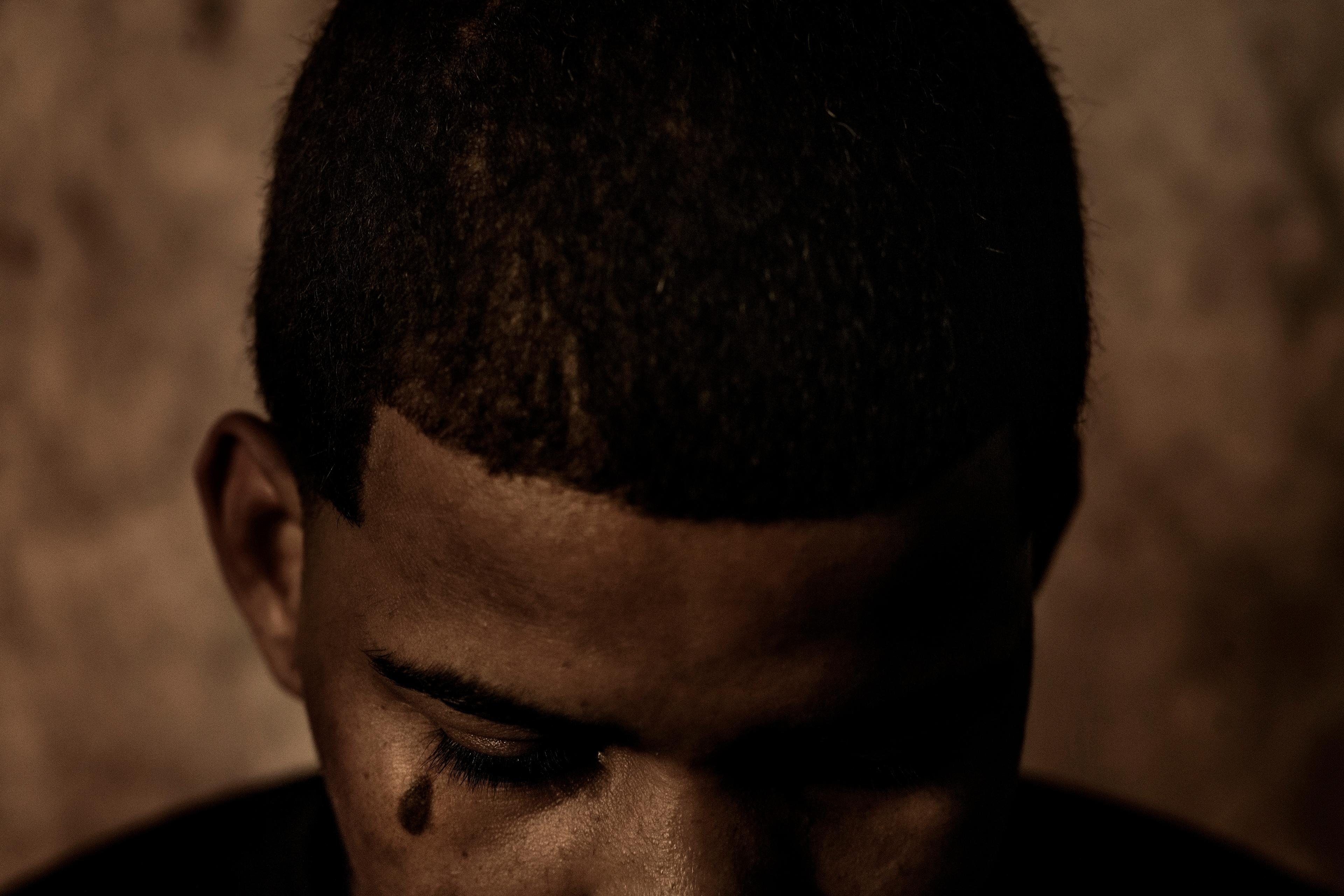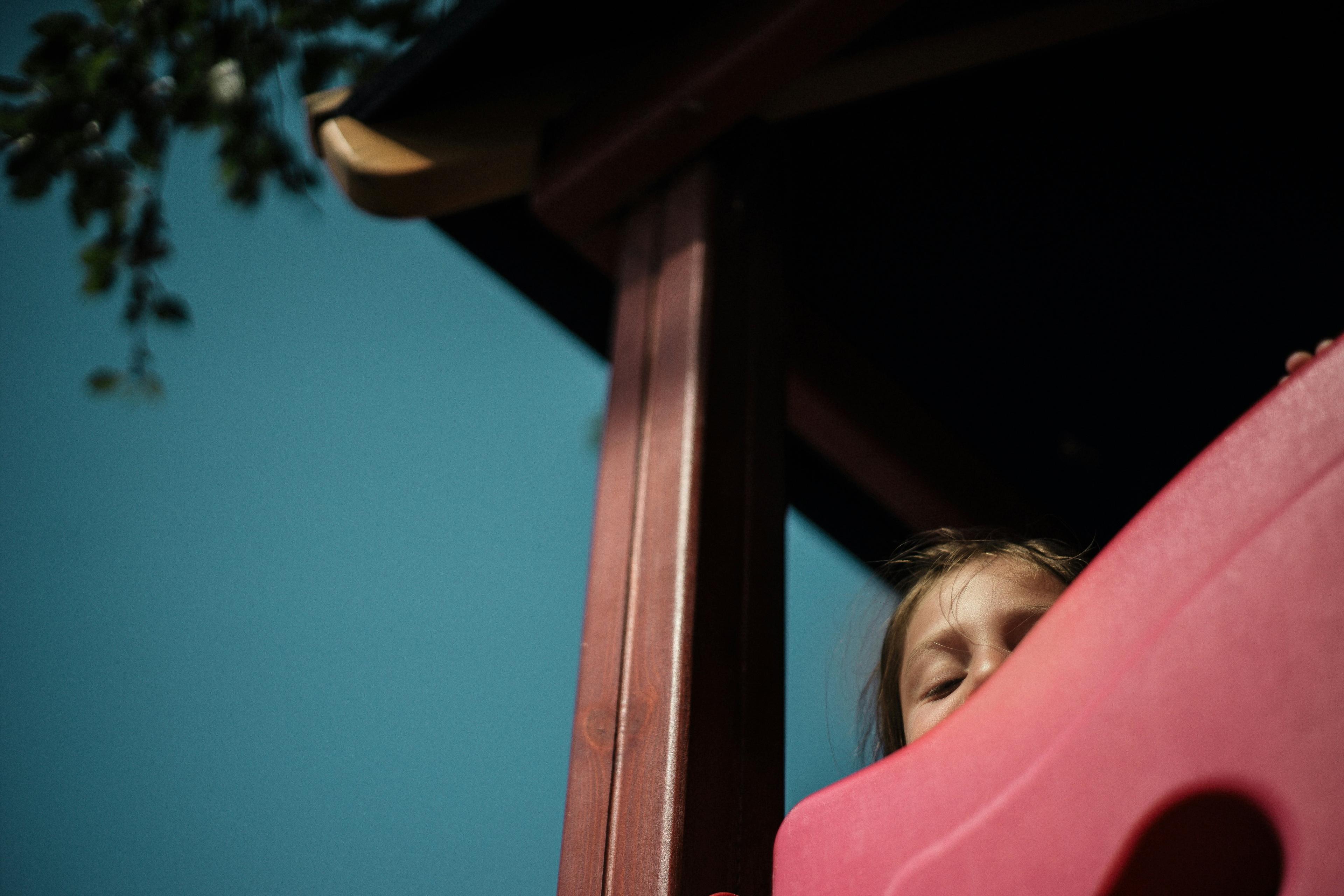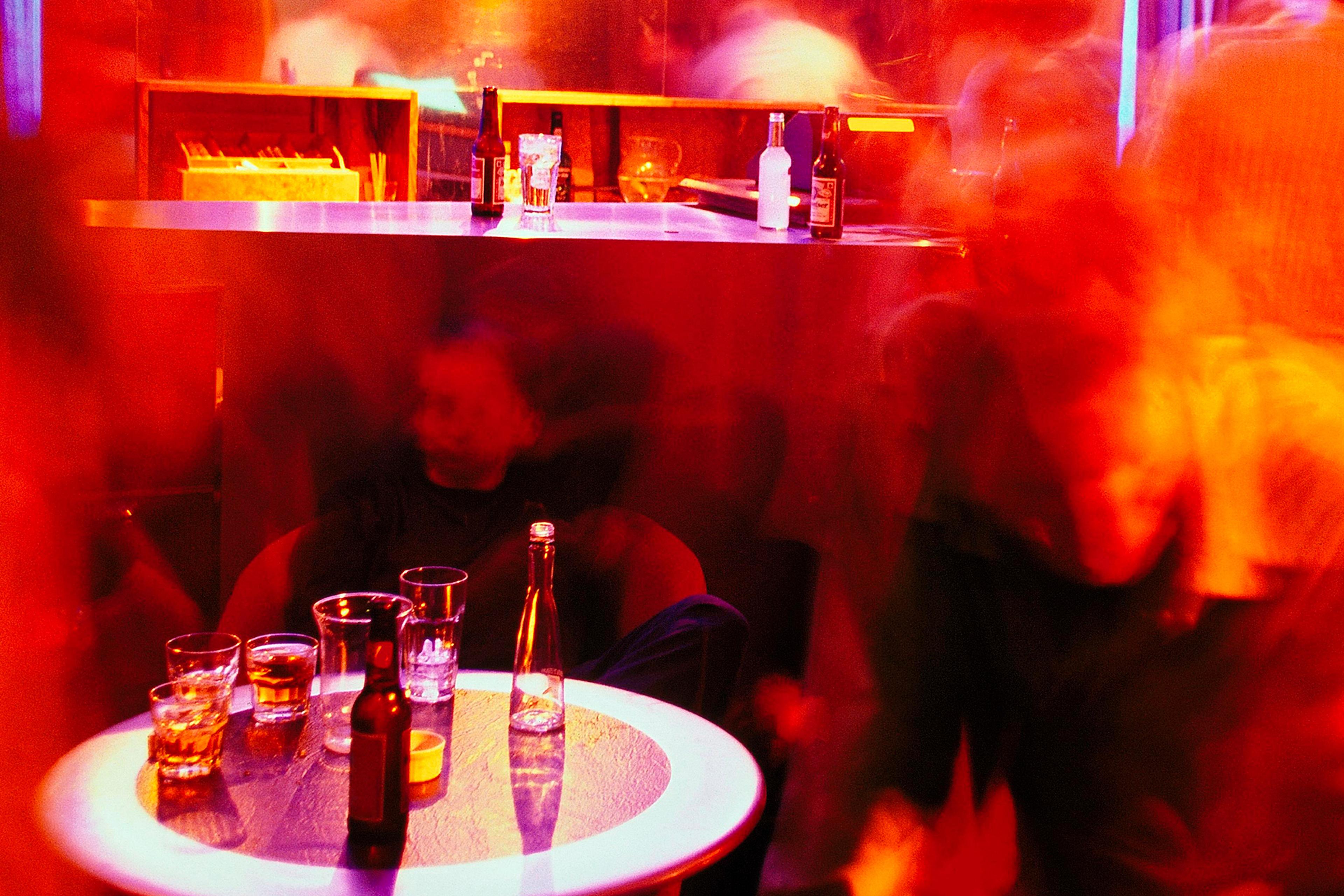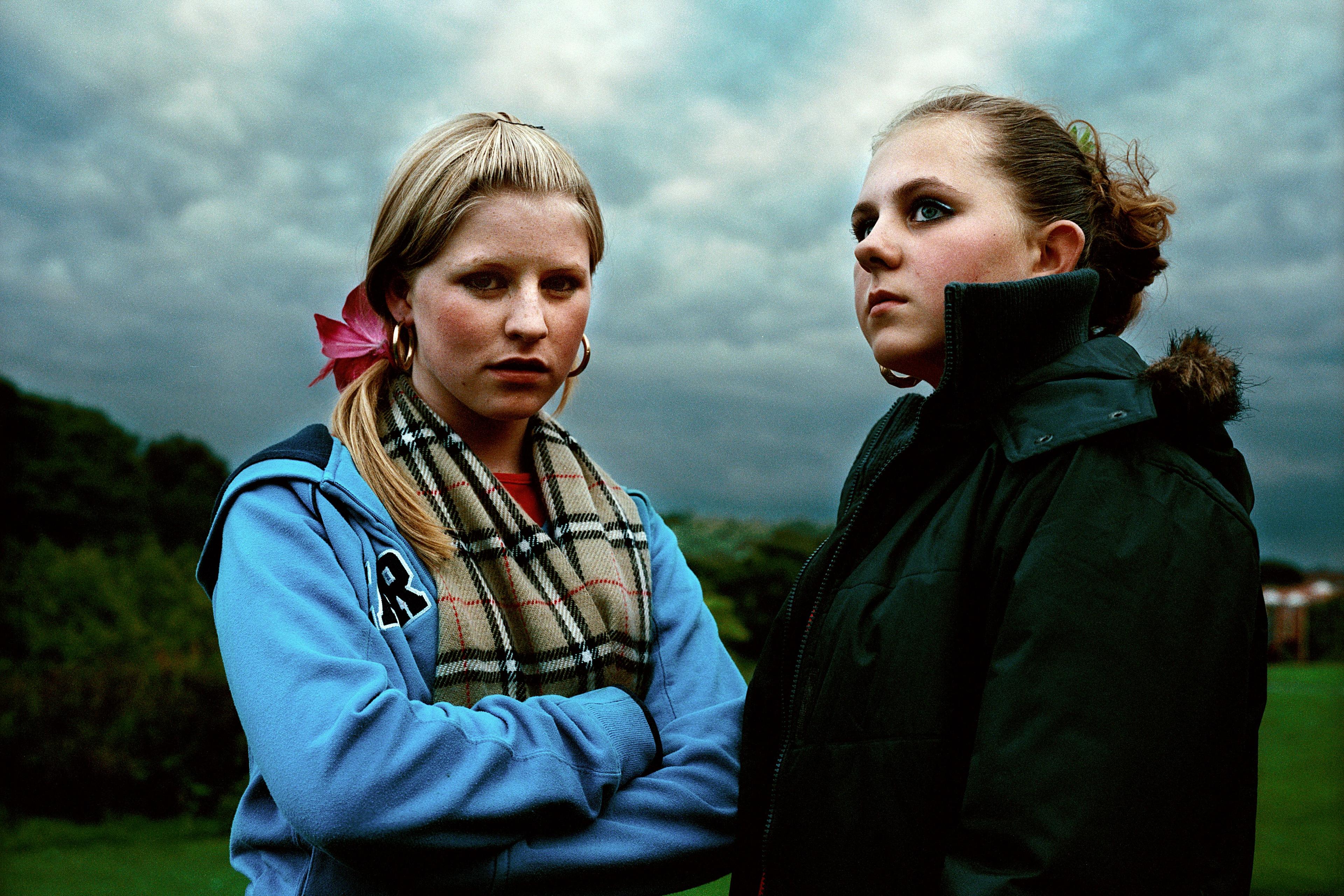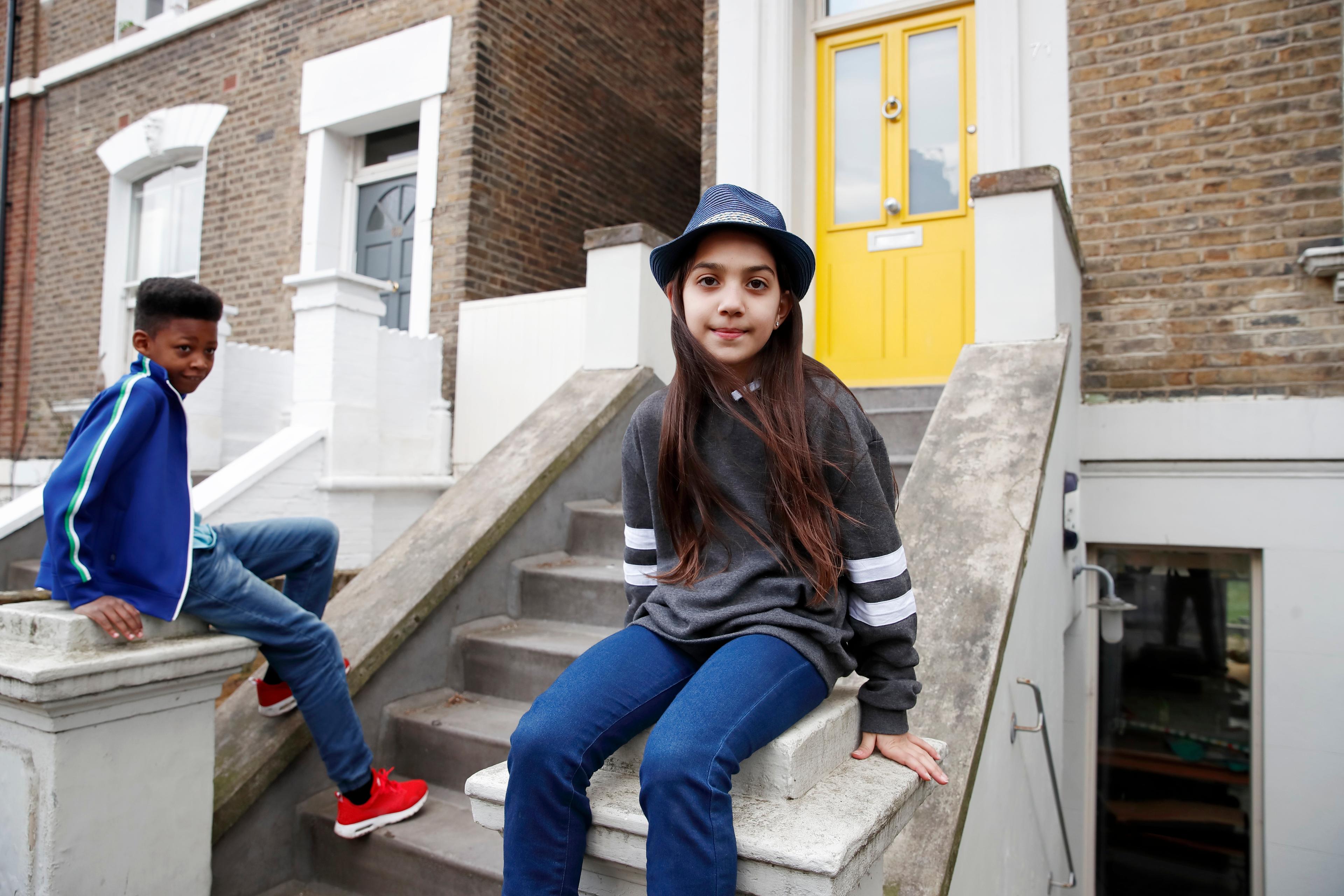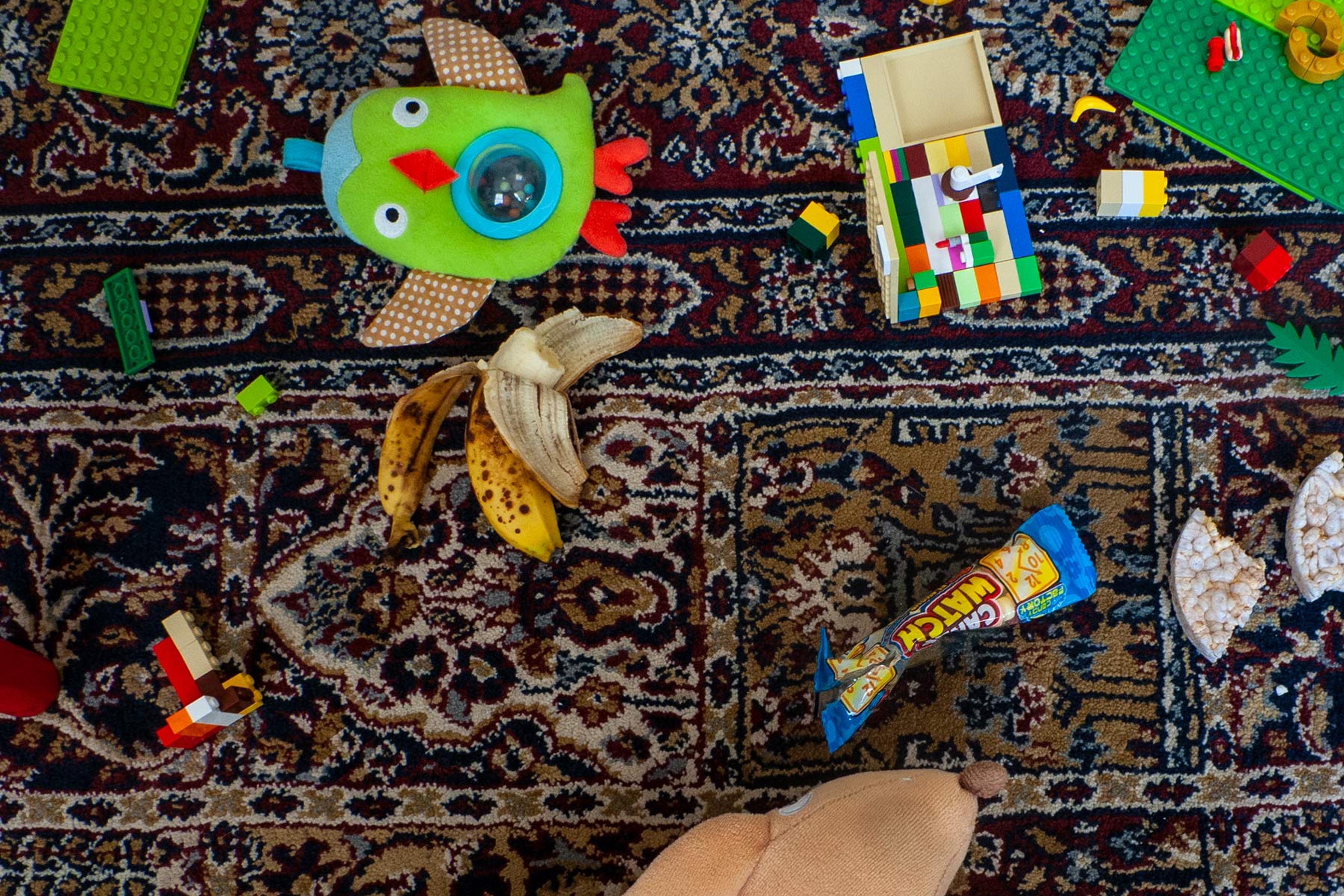Taylor, aged four, is playing in the living room when there is loud and aggressive banging on the door. Mum opens the door – it is their neighbour, who has small children the same age as Taylor, and Taylor stands up to see if the children are at the door too. The neighbour starts yelling loudly. Mum yells back and tries to close the front door. The neighbour, still yelling, forces the door open, it hits Mum in the face, and her nose starts bleeding. As blood pours down Mum’s face and she becomes visibly upset, the neighbour leaves. Could this event have a lasting, negative effect on a young child – and what would it look like if that happened?
After a stressful or traumatic event, both children and adults can find themselves thinking about the event more often than they would like, feeling stressed, anxious or low, or have trouble sleeping. Often, this is a normal reaction to what the brain has perceived as a dangerous situation and, for most people, such reactions will subside within a month of the event. Post-traumatic stress disorder (PTSD) is a debilitating mental condition that occurs after the experience of a perceived threat to life, safety or personal integrity. For a diagnosis of PTSD, the current Diagnostic and Statistical Manual of Mental Disorders (DSM-5) lists key problems that must persist at least one month after a traumatic event, including involuntary reliving of the trauma (eg, through intrusive thoughts and images); avoidance of people, things or places that remind one of the trauma; negative changes in thinking and feelings; and heightened arousal.
Young children can develop PTSD after the same variety of events that cause PTSD in adults, such as abuse or assault, exposure to war, car accidents, or witnessing significant violence against another person. However, threatening or harmful experiences that might not produce PTSD symptoms in adults (eg, being attacked by a dog) can sometimes produce them in children. It is the perception of threat that is important – young children might not understand the causes of an event or the intent behind someone’s actions, and often have no active control over what happens. Therefore, PTSD symptoms can sometimes emerge in younger children following events such as aggressive or harmful behaviour toward a caregiver, or invasive medical procedures.
After the instantiation of the formal PTSD diagnosis in 1980, identification and assessment of PTSD increased. Since then, psychologists and other health professionals have recognised that younger children (aged three to six) tend to show a different profile of PTSD symptoms following a traumatic experience.
In Taylor’s case (which is fictional, but based on real cases), she is understandably upset and scared in the immediate aftermath of the event. But one month afterwards, Taylor still sticks close to Mum and doesn’t like Mum to go out without her. She starts refusing to sleep in her own bed like she used to. She has tantrums when taken to the dance class that she usually enjoys. She no longer plays in the living room or the garden. Taylor visibly freezes or becomes upset when the doorbell rings, which might also be expected from an adult with PTSD. But Taylor’s other behaviours do not seem to fit traditional descriptions of the disorder. Does that mean that Taylor is experiencing a normal reaction, or that her difficulties are unrelated to the event? Would she benefit from the support of a health professional?
Researchers around the world have been working to improve the identification of young children who are experiencing PTSD – and, critically, to develop psychological treatments that can help them.
Meeting this challenge has required some rethinking of how PTSD is diagnosed in young children. A series of studies in the early 2000s suggested that the standard diagnostic criteria for PTSD were failing to identify a large number of young children who were in need of support. Consequently, researchers proposed an alternative, developmentally sensitive diagnostic algorithm for young children. Following minor refinements to this alternative algorithm, the most recent version of the DSM included new diagnostic criteria for a subtype of PTSD in children aged six and younger.
The core features of the PTSD in young children (PTSD-YC) subtype remain the same as in adults. However, there are important differences. For instance, the developmentally appropriate criteria reduce the extent to which certain kinds of symptoms, such as avoidance symptoms, are required for a diagnosis. (Young children are less able to control where they go: for example, even if a young child would like to avoid the scene of a trauma, a caregiver can pick them up and take them there.) The criteria outline variations on symptoms that might be specific to young children, such as re-enacting the trauma during play, having scary dreams that they struggle to describe, and having temper tantrums. As with adults, diagnosis requires a combination of multiple symptoms to be present, to ensure that normal behaviours are not pathologised, and the symptoms must cause significant disruption to daily functioning. It is also central to diagnosis that the behaviours must have started or worsened since the traumatic event.
When my colleagues and I recently applied the alternative algorithm for diagnosing young children to data from a British national survey, it identified a markedly higher number of very young children as having PTSD compared with the earlier, adult-based PTSD criteria. Our analysis of the survey data indicated that approximately 7 per cent of five- to six-year-old children in the UK had experienced a traumatic event, and that, of those trauma-exposed children, 5.4 per cent met criteria for a diagnosis of PTSD-YC. Data from a similar British survey with children in foster care suggested that 48 per cent of the five- to six-year-olds had experienced a trauma, with 57 per cent of those trauma-exposed children experiencing PTSD.
Much of the time, very young children who have experienced a traumatic event might not be assessed for PTSD, as the symptoms could be regarded as separate, unrelated behavioural problems rather than as representative of an underlying mental health issue. As a result, these children frequently do not receive any trauma-focused treatment. This is problematic for the child – if left untreated, PTSD can last for years, even into adulthood, and severely impact ongoing development, including the child’s ability to learn, form healthy relationships, and enjoy their life. But we do have PTSD treatments designed for adults that are also effective in treating younger children, and these are now recommended for use with children by international health guidelines.
One of the most effective approaches to treating PTSD in adults and older children is trauma-focused cognitive behavioural therapy (CBT). A core feature of trauma-focused CBT is working with an individual’s memory of the trauma – which can often be disjointed and lack coherence – to identify and adapt the unhelpful beliefs they hold about the event (eg, It was my fault; the world is not safe; bad things happen to people I love).
Though younger children are still developing their language skills and might struggle to describe their memories and abstract concepts, a number of clinical trials now suggest that trauma-focused CBT can be adapted to successfully treat PTSD in these children. One such treatment protocol, CBT-3M, focuses on changing three key factors that drive PTSD: the trauma memory, the meaning the child makes about the event, and the maladaptive coping strategies the child uses to manage the impact of the trauma.
An organised and coherent memory of a traumatic event aids recovery from PTSD as it helps an individual to understand why the event occurred, and to constrain the meaning of the event to the appropriate context. For example, updating a disjointed memory of a traumatic car accident to include details you had not attended to at the time (eg, you had been obeying the road rules) or that you did not know at the time (eg, the other driver was drunk) can help adjust an unhelpful meaning you made from the event (driving is always dangerous; I will hurt others if I am in a car) to something more adaptive and representative of the situation (cars are dangerous only when driven irresponsibly). Maladaptive coping strategies that perpetuate symptoms must also be addressed. Avoiding reminders of the trauma, for instance, might reduce distress in the immediate term, but it also reinforces the idea that you cannot handle what is being avoided, when in fact you can.
To help a child improve on each of these factors, the therapist will complete therapeutic activities with either the child alone or the child together with a caregiver. Therapeutic tasks can involve using dolls, stuffed animals or toys (eg, cars, ambulances) to re-enact the traumatic event and help the child organise their memory to accurately represent what happened. The child might be guided to draw pictures or select cards with different emotional faces that show how the child feels and reacts to reminders of the trauma. This helps them to link the feelings they’ve been having to the traumatic event, and understand why these feelings suddenly arise, seemingly out of nowhere. Comics or short videos can also be used to explain how and why the brain produces the symptoms that the child is experiencing. Activities such as these seek to challenge maladaptive meanings that the child might have made (eg, I am going crazy; I am broken) by teaching the child that their symptoms are an understandable reaction to the trauma, and showing them that other children have had the same problems following a traumatic event.
A therapist can work with the child’s caregiver to instigate a routine for the child, in order to make their world more predictable and thus feel safer. Caregivers can also provide additional information that helps the child better understand the traumatic event. For example, a child might have felt that no one was coming to help them, when in fact an observer had called an ambulance or a lifeguard was swimming quickly toward them. Like all of us, young children may also need reminding of the good things that they did in a scary situation (such as trying to protect a sibling).
For Taylor, Mum might be able to explain that the neighbour had not intended to hurt her, and that, although there was lots of blood, it did not hurt as much as Taylor had feared. A recent trial has even trained parents in how to deliver sessions of trauma-focussed CBT to their children at home, with promising results. However, the child’s caregiver is often present during a child’s trauma, and as such could be in need of support themselves.
Research is steadily improving our understanding of how best to support young children experiencing PTSD. But it is clear that very young children do experience PTSD, and that we have psychological treatments that can help them overcome it. This support can enable children to escape their continual reliving of the trauma, feel more in control of their emotions, and re-engage with activities that they enjoy – minimising the risk that trauma will have a lasting impact on their future.
If you would like more information on how to support a young person who has experienced a potentially traumatic event, there are lots of free, useful resources at childtraumarecovery.com or phoenixaustralia.org.


